Space trash could kill satellites, space stations — and astronauts
The number of objects that make up space junk continues to grow every year
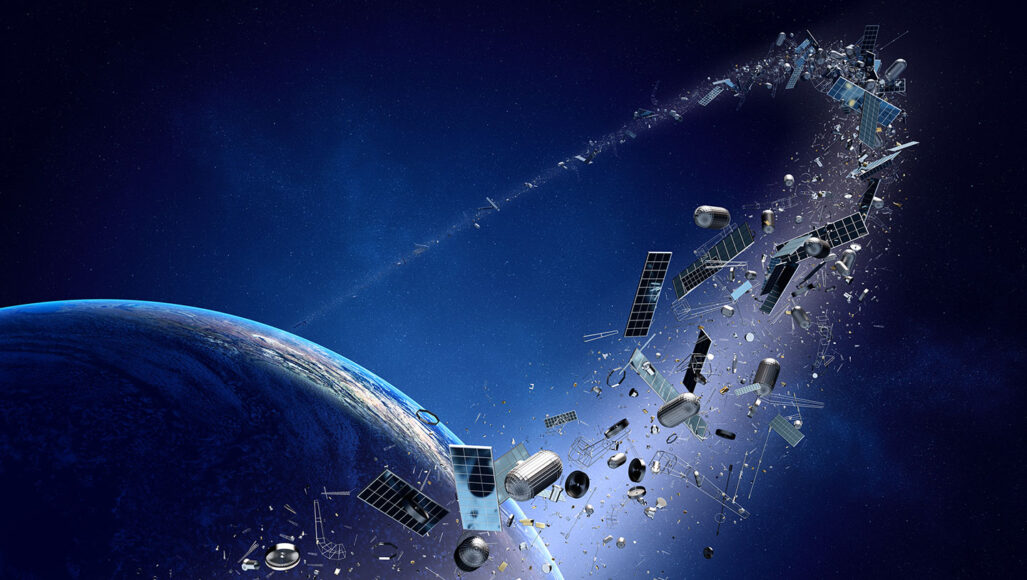
Broken down satellites, used rocket parts and other pieces of trash — even astronaut gloves — pollute the near-space environment. That can pose big problems for spacecraft and any astronauts in them.
johan63/iStock/Getty Images Plus
Seven astronauts aboard the International Space Station woke to unwelcome news on the morning of November 15, 2021. NASA, the U.S. space agency, was worried. The station was zooming directly into a suddenly dangerous area littered with trash. A collision could damage the spacecraft. And that could threaten the safety of everyone inside. NASA warned the astronauts to take cover.
The astronauts closed hatches between sections of the ISS and climbed into escape ships. Then they waited. Fortunately, they transited the area without a mishap. All clear.
Soon, the source of all that debris would be revealed. Earlier that day, the Russian government had launched a rocket to blow up a big satellite. The satellite hadn’t worked since the 1980s. This launch was testing a new missile technology.
While the missile did its job, the explosion created a “debris field.” The shattered satellite showered space with some 1,500 pieces of trash big enough to see and track by telescope. It also produced hundreds of thousands of smaller pieces. Even a small piece could have ripped a hole through the exterior of the ISS. And the threat from this one satellite may persist for years, if not decades.
Space junk races around the planet at up to 8 kilometers (5 miles) per second. The speed of an impact can reach 15 kilometers per second, or 10 times as fast as a bullet. NASA scientists estimate that a marble-sized piece could smash into another object with as much force as a bowling ball traveling at 483 kilometers (300 miles) per hour.
The ISS passes through the same spot every 93 minutes as it circles the planet. On that mid-November day, everyone aboard feared an impact. But this wasn’t the first or last time space junk had threatened a mission. The explosion prompted NASA to cancel a planned, November 30 spacewalk. The Chinese space station, with three astronauts on board, had to change course because of the Russian satellite. Just three days before the explosion, the ISS changed its orbit to avoid colliding with space junk left by an older, broken-down satellite. And on December 3, the ISS again changed course to avoid pieces from a different broken-down satellite.
Space junk is a growing menace. Indeed, this trash “is now the number one concern of people who study space-traffic management,” says Pat Seitzer. He’s an astronomer at the University of Michigan, in Ann Arbor. He uses telescopes and computers to study orbital debris.
“We created this risk ourselves,” says Don Pollacco. Fortunately, he adds, “there’s stuff we can do to stop it from being a risk.” An astronomer at the University of Warwick in England, Pollacco runs the new Center for Space Domain Awareness. Scientists there focus on the environment in outer space that’s closest to Earth. The debris problem, he warns, threatens the future of space traffic.
“If you don’t deal with it, sooner or later it will catch up,” he says. “You can’t ignore it forever.”
Tracking the trash
The European Space Agency, or ESA, estimates that about 36,500 pieces of debris larger than 10 centimeters (4 inches) now orbit Earth. There are about a million pieces between 1 and 10 centimeters in diameter. More than 300 million pieces still smaller litter near space, too. Scientists use radar to track the biggest pieces. The smallest? They’re too small to measure precisely.
Soviets launched the first satellite into space — Sputnik I — on October 4, 1957. Since then, governments, militaries and companies around the world have sent up tens of thousands more. In 2020 alone, more than 1,200 new satellites entered space — more than any previous year. Of more than 12,000 satellites sent into space, the ESA estimates that about 7,630 are still in orbit. Only about 4,800 still work.
Space debris has been growing for decades. Most of it resides in what scientists call a low-Earth orbit, or LEO. That means it orbits about 1,000 kilometers (620 miles) above Earth’s surface. The ISS is also in low-Earth orbit.
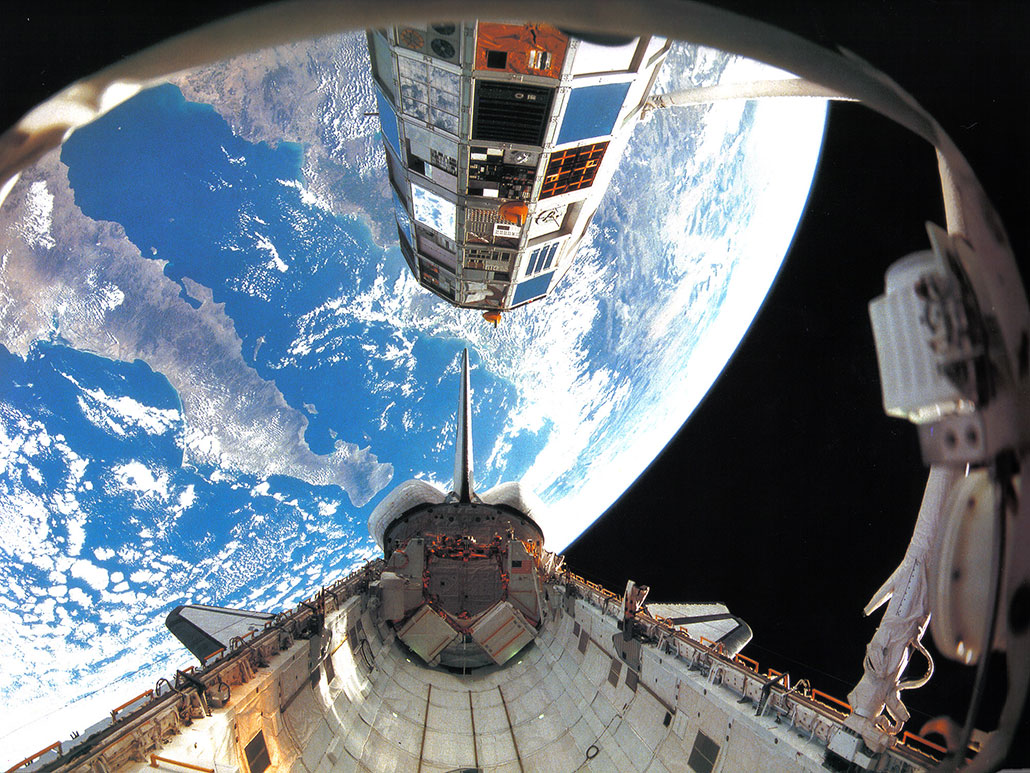
Space debris includes big objects, such as pieces of rockets used to lift satellites into space. It also includes things such as nose cones and payload covers from those rockets. Then there are satellites that don’t work anymore — or failed from the start.
One is Envisat, a satellite ESA launched in 2002. It died 10 years into its mission of monitoring Earth’s climate. Its carcass will likely remain a threat for at least the next 100 years.
“It’s a big car crash in the sky just waiting to happen,” worries Pollacco.
A few big smashups have produced much of the known space debris. In 2007, China launched a missile to blow up one of its old weather satellites. The blast produced more than 3,500 pieces of large debris, as well as giant clouds of small pieces. In 2009, a defunct Russian satellite collided with a communications satellite owned by a U.S. company. This smashup also produced large clouds of debris.
The U.S. Department of Defense runs a Space Surveillance Network. It uses radar and other telescopes to track larger pieces of debris. This network now tracks more than 25,000 big chunks, according to NASA. When the chance that one of those chunks will collide with the ISS is greater than 1 in 10,000, the space station will move out of the way. Private companies have also started tracking debris in recent years.
Space trash can be quite diverse
In 1965, astronaut Ed White lost a glove during a spacewalk. Other astronauts have lost screwdrivers and other tools. Pieces of exploded batteries or fuel tanks — some with fuel still in them — are whizzing in orbit. So are flecks of peeled paint, nuts and bolts. At the speed they’re moving, all are dangerous.
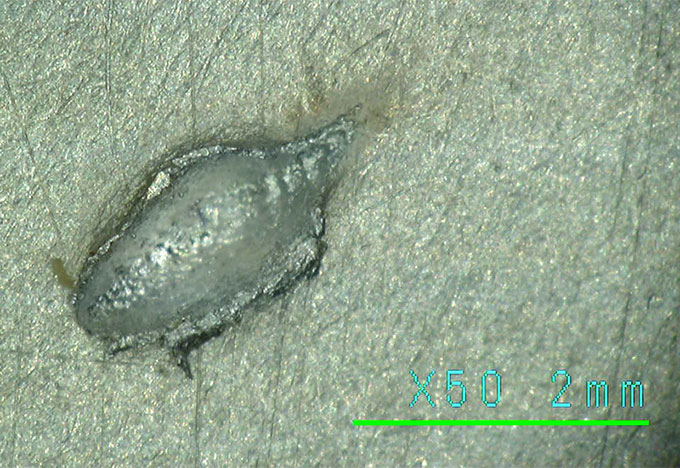
Scientists can’t see pieces of debris as small as bolts, nuts and paint flecks. Instead, they study the scratches and dents these leave behind on existing satellites. During an inspection in May 2021, astronauts found that a robotic arm of the ISS had been damaged by space debris. The arm still works, but it has a hole about 0.5 centimeter (0.2 inch) across.
The Hubble Space Telescope has provided a wealth of data from similar encounters with debris. Astronauts have visited and repaired the telescope multiple times in the last three decades. Each time they have found hundreds of tiny craters in the solar panels. These were left by collisions with small pieces of debris. Scientists have been logging the pattern and incidence of these impacts. That data will help the scientists build computer models that predict not only how many tiny pieces remain in orbit, but also where they are.
Studies of space debris confirm the threat is growing, says Seitzer, in Michigan. “It’s a real problem.” But he worries that people aren’t learning the right lessons. After the 2007 event in which China blew up a satellite and created a giant debris field, he thought people would work hard on the space-trash problem. “I would have thought everybody would be convinced.”
But they weren’t. So the problem continues to grow.
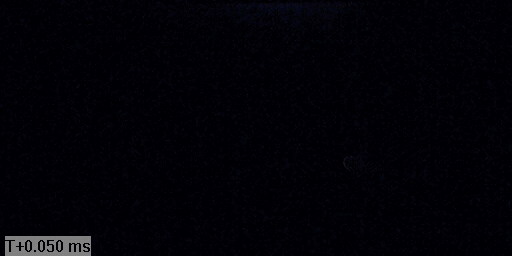
The private company SpaceX has launched “constellations” of dozens of satellites. The company is using this project, called Starlink, to create a global internet system. Already, about 40 percent of active satellites in space belong to SpaceX. The company plans to launch thousands more. And they’re not alone. OneWeb, a communications company, has announced plans to launch its own constellation of 300,000 satellites.
When a company learns that its satellite is going to fly within 1 kilometer (0.6 mile) of another — or close to a piece of space junk — it can redirect its satellite a bit. In August, researchers in the United Kingdom reported that SpaceX Spacelink satellites have been involved in about half of all collision-avoidance moves in LEO. In the near future, they predict that share could rise to nine in every 10.
As the number of satellites in the sky mushrooms, so will the threat from collisions with debris, says Pollacco. “It’s a cumulative thing,” he says. “The less we do about it, the worse it gets.”
Beware the cascades
Astronomers worry that as space litter grows, these fragments also will interfere with telescope observations. “If you get enough of these collisions, you could brighten the night sky,” says Connie Walker. She’s an astronomer at the National Science Foundation’s NOIR Lab, in Tucson, Ariz.
She is concerned that space debris and satellites could limit the scientific study of space. That junk could reflect so much light that it hides the light of distant stars. Right now, scientists are trying to determine how space debris and the future flood of satellite constellations might affect telescope observations. For sensitive observatories, Walker says, “we need a sky that’s pretty clear and not highly light-polluted.”
Another less obvious risk is one that experts call the “Kessler Syndrome.” In 1978, NASA astronomer Donald Kessler looked at data on space debris and made an ominous prediction. Eventually, he said, LEO would accumulate so much space junk that it could trigger a cascade. The fragments from one collision would cause other collisions, he projected. Debris from those collisions would then cause more. And more, and more. This became known as the Kessler Syndrome, or Kessler Effect.
“We’re not there yet,” says Seitzer. But unless private companies, military operations and spacefaring governments take the problem seriously, he says, such a cascade could happen. “Even if we add nothing else, more collisions of existing things in orbit will create more debris.”
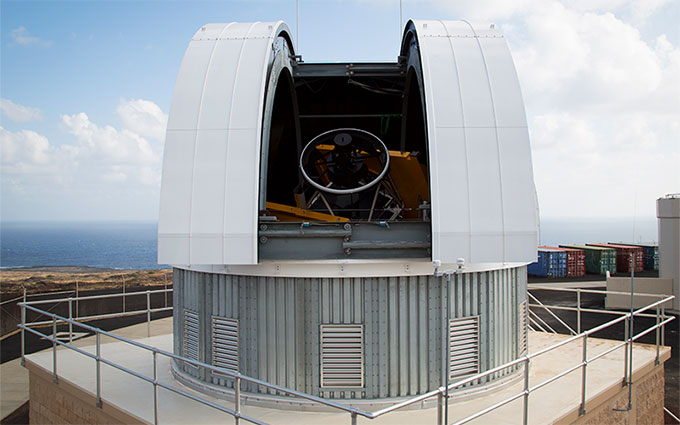
To the graveyard orbit!
Some experts worry that people won’t take the problem seriously until tragedy strikes.
“Most people haven’t had an issue with a satellite problem,” observes science historian Lisa Ruth Rand. She works at the California Institute of Technology in Pasadena. “If we were to lose a satellite that the defense uses, or if something falls from space, that’s when people get terrified. That’s when space junk is a problem.”
Yet make no mistake, she says, space debris is already an environmental hazard. And she’s not the first to point this out. NASA scientists have warned about the dangers of polluting near-Earth space since the 1960s.
There are also companies and scientists working on ideas for cleaning up the mess. But they will need different strategies depending on which part of space they’re cleaning, says Walker, the NSF astronomer in Tucson.
“The higher you go, the longer it takes” for a satellite to de-orbit, she explains. Big pieces in LEO could be redirected back toward the planet, to burn up in the atmosphere.
The Japanese company Astroscale has designed spacecraft that will magnetically “grab” space junk and drag it to a lower orbit, from where it would then fall and burn up in the atmosphere. The company launched a pair of the satellites into space to test the technology in March 2020.
“When it comes to orbital debris, there are a variety of approaches on how to handle these things,” says Tom McCarthy. He’s a robotics expert at Motiv Space Systems in Pasadena, Calif. McCarthy has been developing spacecraft that can fix and recycle old satellites. Such technology could help extend the working life of those satellites, he says.
Space junk farther out may require a different strategy. Big pieces in a geostationary orbit — about 36,000 kilometers (22,000 miles) up — could be sent to a “graveyard orbit.” They would be propelled an additional 300 kilometers (190 miles) away from Earth, where they would remain, far from where they could do any major damage.
“A satellite could dock or connect with a geostationary satellite and then take it to the disposal orbit and release it,” says McCarthy. That may already be happening. In late January 2022, a company called Exoanalytic Solutions, which monitors the space environment, reported a curious observation. A Chinese satellite flew close to a large, dead satellite and towed it away to a graveyard orbit.
Other experts say that plans for removing satellites from orbit need to be built into a craft’s design. That’s something Astroscale is doing. The company developed a magnetic docking station to bolt onto a satellite before launch. Later, when it needs repairs or removal, another vehicle can be sent up to collect it.
An international committee with members from space agencies around the world recommends that all new satellites have the ability to de-orbit themselves within 25 years. Some satellites are close enough to do that naturally. Others aren’t. Of the ones that are too high to de-orbit on their own, fewer than one in four can lower themselves out of orbit, according to a July 2019 ESA report.
Pollacco says satellite designers need to address the space-debris issue well before liftoff. But right now, he says, the operators of the satellites don’t see the problem. “It’s in everybody’s interest for this stuff to be cleaned up,” he says. “If it isn’t, it will become all of our problem.”







